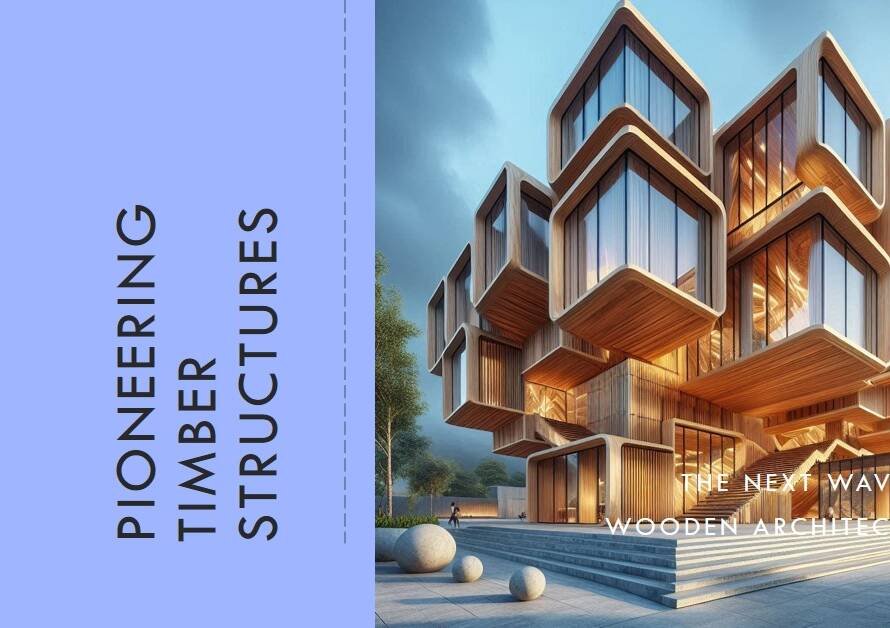
Table of Contents
- Introduction: The Unseen Gaps in Our Cities
- Historical Missteps: When Vision Fell Short
- Ignored Infrastructure Needs: The Cracks Beneath the Surface
- Social Equity Overlooked: The Invisible Lines of Division
- Environmental Neglect: The Price of Progress
- Public Participation: The Missing Voice
- Technological Integration: Lagging Behind the Times
- Disaster Preparedness: The Unforeseen Consequences
- Economic Considerations: Balancing Growth and Stability
- Conclusion: Charting a Better Course Forward
Introduction: The Unseen Gaps in Our Cities
Urban planning shapes the cities where we live, work, and play. However, not every plan achieves its intended impact. The failures in urban planning provide critical insights into what went wrong and what could have been done differently. By examining these shortcomings, we can glean lessons that inform future urban development, ensuring that our cities are more sustainable, inclusive, and resilient.
Historical Missteps: When Vision Fell Short
One of the most glaring examples of urban planning failure is the phenomenon of urban sprawl. In the mid-20th century, rapid suburban expansion in North America led to widespread sprawl, characterized by low-density residential areas that required extensive car travel. This pattern emerged from a lack of foresight regarding the environmental and social impacts. Planners did not anticipate the resulting traffic congestion, pollution, and the erosion of community ties.
Moreover, historical examples like the construction of Pruitt-Igoe in St. Louis highlight the pitfalls of disregarding the social dimensions of urban design. This public housing project, initially hailed as a model of modernist architecture, ultimately became a symbol of failure due to high crime rates, poor maintenance, and social isolation. The disconnect between architectural ambition and human needs underscored the importance of integrating social considerations into urban planning.
Ignored Infrastructure Needs: The Cracks Beneath the Surface
A critical area where urban planning has frequently fallen short is infrastructure development. In many cities, the growth of the population has outpaced the capacity of existing infrastructure. For instance, the water crisis in Cape Town, South Africa, brought to light the consequences of inadequate long-term planning for water resources. Severe drought coupled with insufficient infrastructure planning nearly led the city to “Day Zero,” when the water supply would have been shut off.
Similarly, many urban areas around the world suffer from inadequate public transportation systems. Inadequate planning has resulted in overcrowded, unreliable, and inefficient transit networks. The failure to create robust public transportation options has led to increased reliance on private vehicles, exacerbating traffic congestion, pollution, and greenhouse gas emissions. This highlights the critical need for urban planners to prioritize and anticipate infrastructure requirements as cities grow.
Social Equity Overlooked: The Invisible Lines of Division
Urban planning often fails to address social equity, leading to cities where the benefits of development are unevenly distributed. Gentrification is a stark example of this, where the revitalization of urban areas often displaces long-term, lower-income residents. The transformation of neighborhoods in cities like San Francisco and New York has led to rising property values and rents, pushing out the very communities that contributed to the area’s character and vibrancy.
Additionally, the placement of industrial facilities and highways in predominantly low-income or minority neighborhoods highlights systemic inequities. These decisions have long-term health and environmental consequences, perpetuating cycles of poverty and marginalization. Urban planners must, therefore, adopt an inclusive approach, ensuring that development benefits all residents and addresses historical injustices.
Environmental Neglect: The Price of Progress
Environmental sustainability is another area where urban planning has frequently failed. The unchecked expansion of cities into natural habitats has led to significant biodiversity loss and ecosystem disruption. For example, the rapid urbanization of the Amazon rainforest region has resulted in substantial deforestation, contributing to climate change and the loss of vital species.
Furthermore, the failure to incorporate green spaces within urban areas has contributed to the urban heat island effect, where cities become significantly warmer than their rural surroundings. This not only impacts residents’ health but also increases energy consumption and strain on resources. Effective urban planning must integrate environmental considerations, promoting green infrastructure and sustainable practices.
Public Participation: The Missing Voice
A recurring failure in urban planning is the lack of meaningful public participation. Too often, decisions are made without adequately consulting the communities they impact. This top-down approach can lead to resistance, dissatisfaction, and poorly received projects. The demolition of neighborhoods for urban renewal projects in the mid-20th century United States is a prime example, where entire communities were displaced without adequate input or compensation.
In contrast, successful urban planning initiatives often involve robust community engagement. For instance, the redevelopment of the High Line in New York City transformed an abandoned railway into a vibrant public park through extensive community involvement. This highlights the importance of incorporating local voices in the planning process, ensuring that projects reflect the needs and desires of residents.


Technological Integration: Lagging Behind the Times
In the digital age, urban planning has sometimes failed to keep pace with technological advancements. The integration of smart city technologies, such as IoT sensors, data analytics, and intelligent transportation systems, can significantly enhance urban living. However, many cities have been slow to adopt these innovations, resulting in missed opportunities for improved efficiency and quality of life.
For example, the implementation of smart grids and renewable energy sources can reduce a city’s carbon footprint and enhance energy security. Similarly, real-time data on traffic patterns can optimize public transportation routes and reduce congestion. Urban planners must embrace technological solutions, incorporating them into the fabric of city development to create more responsive and sustainable urban environments.
Disaster Preparedness: The Unforeseen Consequences
Natural disasters expose the vulnerabilities in urban planning. Cities that lack comprehensive disaster preparedness plans face devastating consequences when crises strike. The catastrophic impact of Hurricane Katrina on New Orleans in 2005 revealed significant deficiencies in urban planning, particularly regarding flood defenses and emergency response systems. The failure to maintain levees and develop robust evacuation plans resulted in widespread devastation and loss of life.
In contrast, cities like Tokyo have invested heavily in disaster preparedness, with earthquake-resistant infrastructure and rigorous emergency drills. These measures have proven effective in mitigating the impact of natural disasters. Urban planners must prioritize resilience, designing cities that can withstand and quickly recover from various threats.
Economic Considerations: Balancing Growth and Stability
Economic factors are crucial in urban planning, yet failures often arise from a lack of balance between growth and stability. Overreliance on single industries can make cities vulnerable to economic downturns. For example, Detroit’s dependence on the automotive industry led to significant economic decline when the industry faced challenges. Diversifying the economic base is essential to create resilient urban economies.
Moreover, the neglect of affordable housing has exacerbated economic inequality. In many cities, the focus on high-end developments has driven up housing costs, making it difficult for low- and middle-income residents to find affordable housing. Urban planners must ensure that economic development strategies are inclusive and consider the long-term stability of the city’s economy.
Conclusion: Charting a Better Course Forward
The lessons from urban planning failures highlight the importance of a holistic, inclusive, and forward-thinking approach. Planners must integrate social, environmental, and economic considerations, engage with communities, and embrace technological innovations. By learning from past mistakes, we can create cities that are not only functional but also vibrant, equitable, and sustainable. The future of urban planning lies in recognizing the interconnectedness of all aspects of city life and striving to improve the quality of life for all residents.



